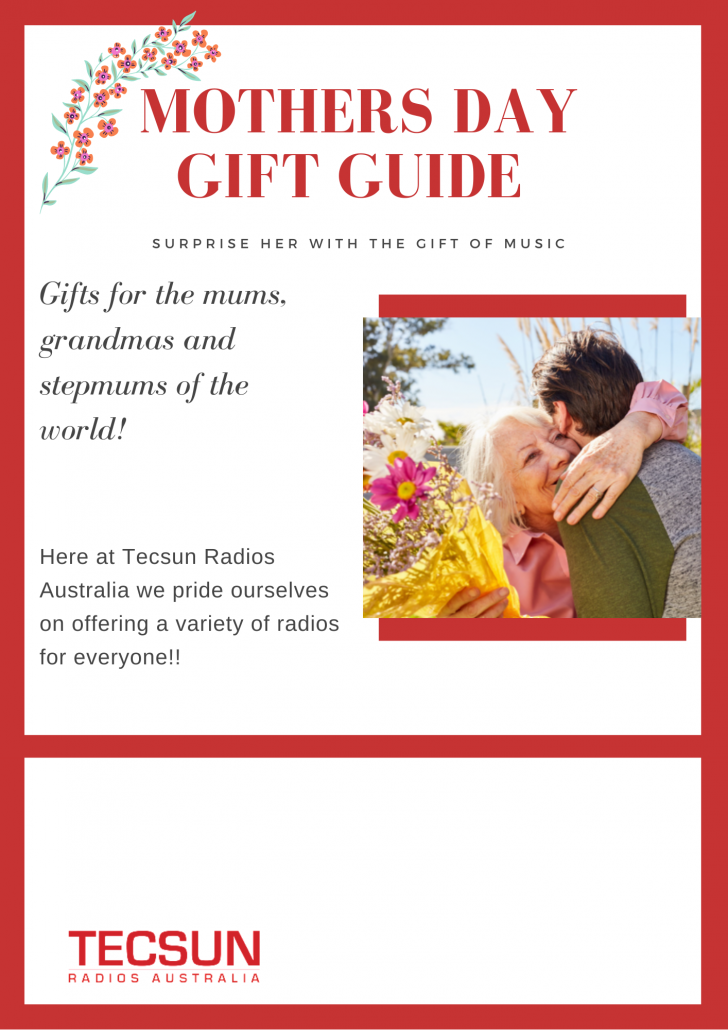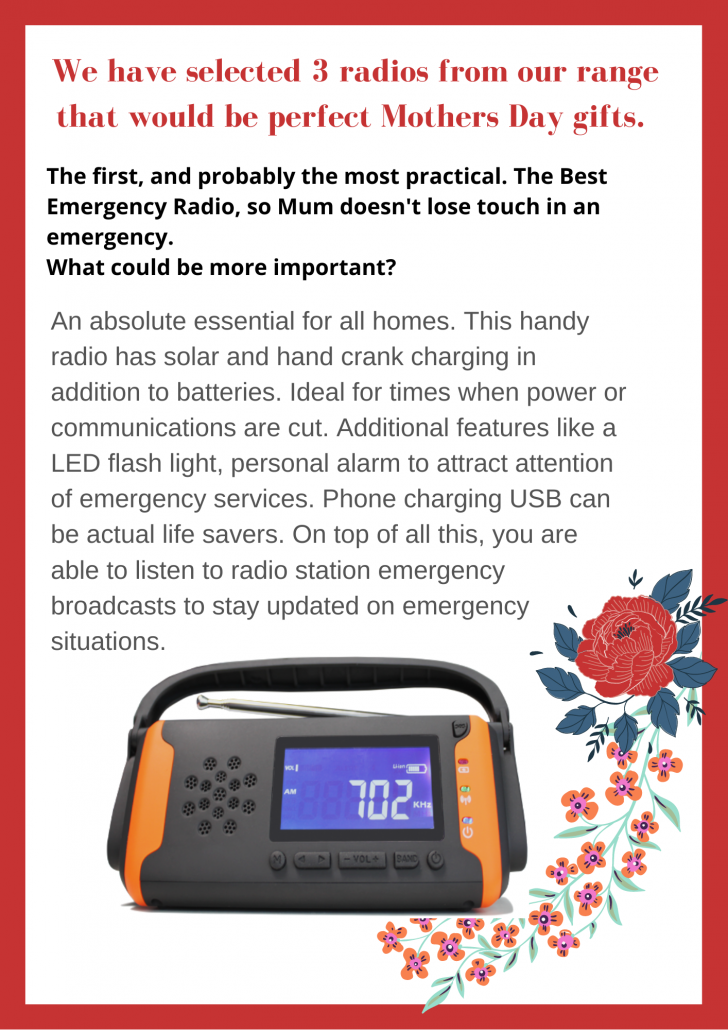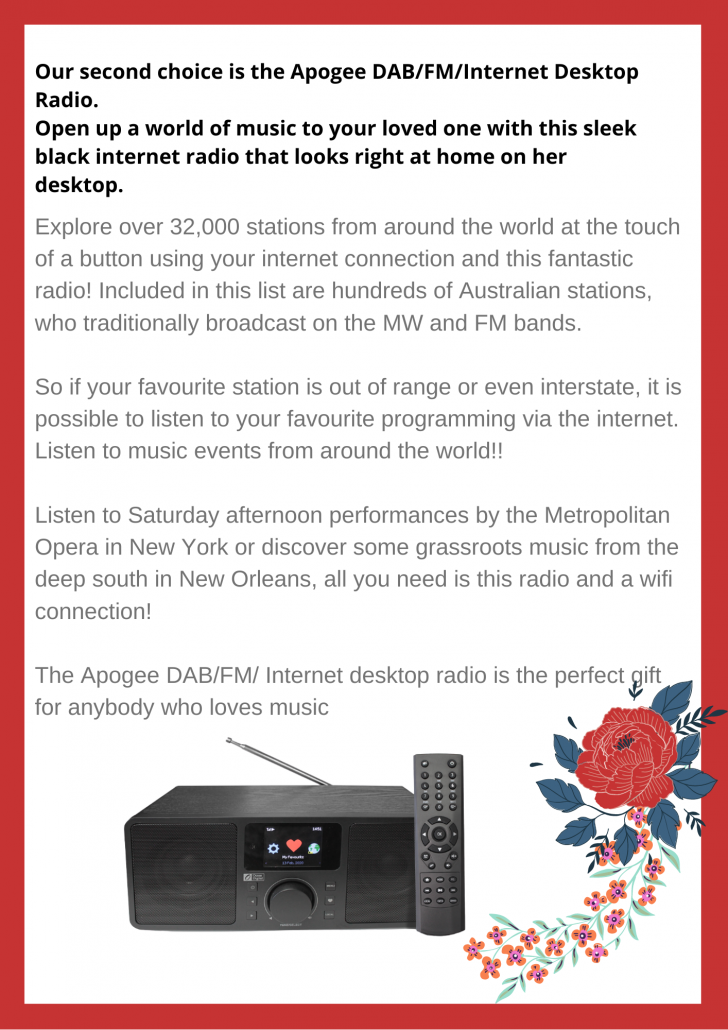Tecsun Radios Australia are proud sponsors of the two upcoming field day events.
The CCARC Wyong Field Day “MayHam”2021 on SUNDAY, 30 MAY 2021
And the ORARC 2021 Field Day on Saturday and Sunday the 12th and 13th of June 2021 during the Queens Birthday Long Weekend.
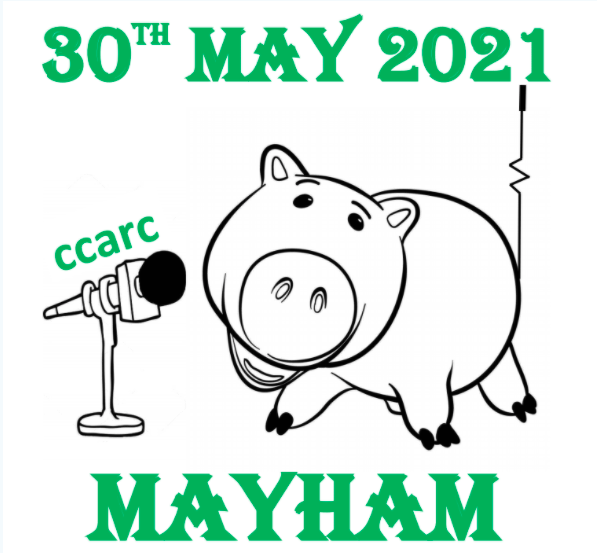
MAYHAM at Wyong will feature car boot sales, new product releases, opportunities to attain or extend or upgrade your radio licenses as well as a fantastic range of lectures on a variety of topics including noise reduction, operational amplifiers, and tube radio.
Tune in while you find a bargain at the car boot sale.

Have you heard about the fox hunt?
Radio direction finding (Fox Hunting) is used to find sources of interference to any form of wireless electronic communications, including broadcast and two-way radio. Amateurs use RDF for a variety of reasons, but more often, they use it just for fun. Hidden transmitter hunting has been done by amateurs for many years. Using ‘hide-and-seek” procedures, amateur radio operators (“Hounds”) take up the task of finding hidden transmitters (the “Fox”). Numerous cunning tricks are played by those hiding a Fox as they seek to elude the Hounds. In Australia, Foxhunting includes travel in a car, and DFing a hidden transmitter on the move, whilst following all current road rules. Then the Hounds, become pedestrians to discover the hiding spot of the transmitter, the “Fox”. Foxhunts can also be held over relatively short courses requiring Hounds to do all of their DFing on foot. Sometimes the”Fox” may be disguised to make the hunt more difficult, so watch out for “Wolves” when you are hunting too. Whatever the case, it is a fun activity!
Fox Hunt Purpose:
- a) Provide practice and enhance skill in radio direction finding for and by radio amateurs.
- b) Promote teamwork within the amateur community.
- c) To help newcomers and old-timers alike in the skills of radio direction finding.
But most of all:
- d) To have fun!
Tecsun Radios Australia is offering free tickets to this event, simply send an email to hello@tecsunradios.com.au with the subject line FREE TICKETS and we will have your name added to the door list.
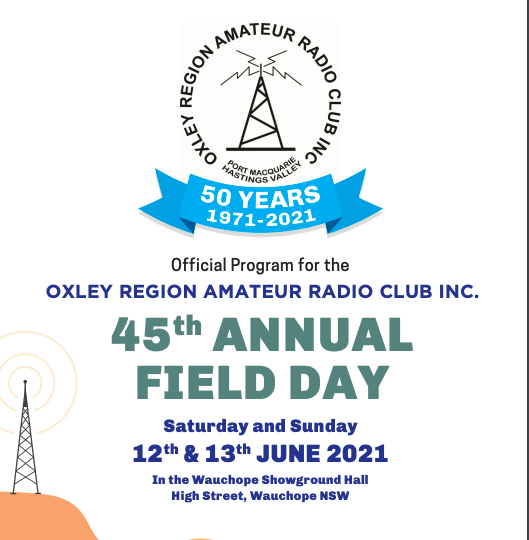
The Oxley Region Amateur Radio Club annual Field Day will be held at the Wauchope Showground hall with all the usual field day activities on Saturday and Sunday the 12th and 13th of June 2021 during the Queen’s Birthday Long Weekend. The Field Day dinner will be held at the Port Macquarie Golf Club on the Saturday night. Mark your calendar now. The Wauchope Showground permits camping so it is possible to stay on site in your own motor home, caravan or tent with power and amenities.
Tecsun Radios Australia have contributed a PL-330 receiver to the ORARC 2021 Field day raffle that will be held during the event.
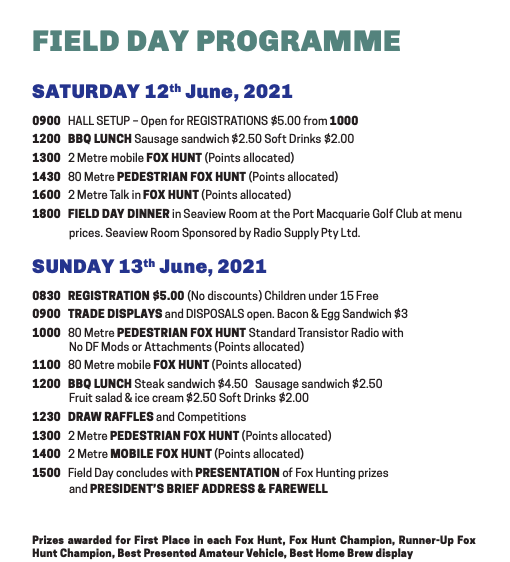
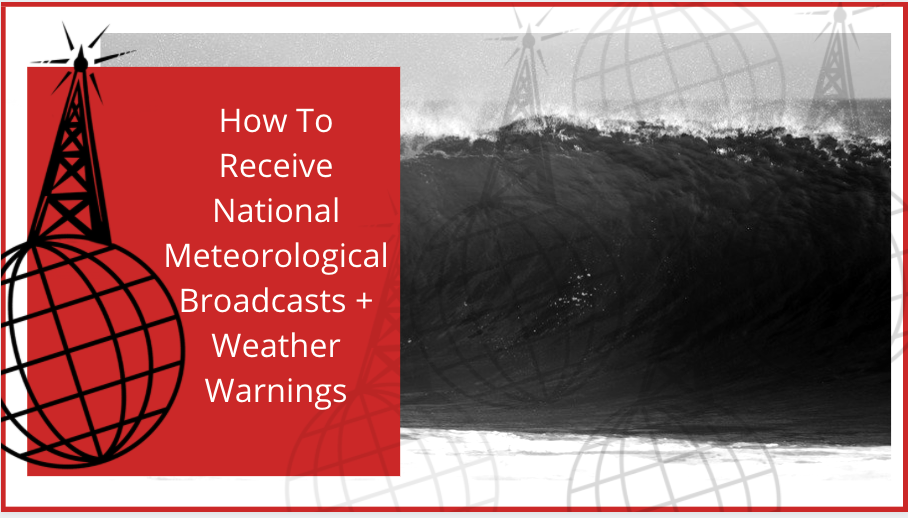
When you are out to sea, it is crucial to keep on top of the weather forecasts, a change in swell and wind can change the sailing landscape from smooth to challenging.
The Australian Bureau of Meterorology (BOM) Marine Forecast Service provides regular weather forecasts and warnings Australia wide.
This information is broadcast on HF radio for mariners in two formats:
a. Broadcast (voice) of marine weather warnings, forecasts and observations.
b. Broadcast (radiofax images) of marine weather forecast and analysis maps.
The Bureau broadcasts its marine weather HF radio services for high seas and Australian coastal areas from transmitters at Charleville in Queensland and Wiluna in Western Australia. Identifiers are VMC (for services from Charleville) and VMW (for services from Wiluna). Services use USB (F3C) modulation.
VMC (Australia Weather East) broadcasts for the following areas:
· Coastal Waters areas off Queensland, New South Wales, Victoria and Tasmania.
· High Seas for the Northern, Southern, North Eastern and South Eastern high seas areas.
Marine weather warnings are broadcast on the hour (on the half-hour in CST) for NT, Qld, NSW, Vic, SA and Tasmanian coastal waters zones and for all high seas areas. The broadcast is available on the following frequencies (kHz):
· Day-time (0700 – 1800 EST): 4426, 8176, 12365, 16546
· Night-time (1800 – 0700 EST): 2201, 6507, 8176, 12365
Navigation Maritime Safety Information notices are broadcast at 25 past each hour on 8176 kHz. Marine forecasts and observations are broadcast from Charleville (VMC) on a four hour repeat cycle, according to the schedule below:
All times are in Eastern Standard time (0700-1800EST) DAY-Time schedule
0730hrs Queensland
0830hrs High Seas (Northern, North Eastern, South Eastern, and Southern areas)
0930hrs New South Wales, Victoria
1030hrs Tasmania
This schedule repeats every four hours until 1800EST after which time, the nigh-time frequencies are used.
When daylight savings is in force, add one hour to EST and CST to obtain Eastern and central daylight time equivalents.
VMW (Australia Weather West) broadcasts for the following areas:
· Coastal Waters areas off South Australia, Western Australia and Northern Territory.
· High Seas for the Northern, Western and Southern high seas areas.
Marine weather warnings are broadcast on the hour (on the half-hour in CST) for Qld Gulf, NT, WA and SA coastal waters zones and for all high seas areas. The broadcast is available on the following frequencies (kHz):
· Day-time (0700 – 1800 WST): 4149, 8113, 12362, 16528
· Night-time (1800 – 0700 WST): 2056, 6230, 8113, 12362
Navigation Maritime Safety Information notices are broadcast at 25 past each hour on 8176 kHz. Marine forecasts and observations are broadcast from Wiluna (VMW) on a four hour repeat cycle according to the schedule below:
All times are in Western Standard time (0700-1800WST)
0730hrs Western Australia (Northern Zones: NT-WA Border to North West Cape) NT
0830hrs Western Australia (Western Zones: North West Cape to Cape Naturaliste) Western Australia (Southern Zones: Cape Naturaliste to WA-SA Border)
0930hrs South Australia
1030hrs Queensland (Gulf waters) High Seas (Northern, Western, and Southern areas)
This schedule repeats every four hours until 1800WST after which night-time frequencies are used.
When daylight savings is in force, add one hour to EST and CST to obtain Eastern and Central daylight time equivalents.
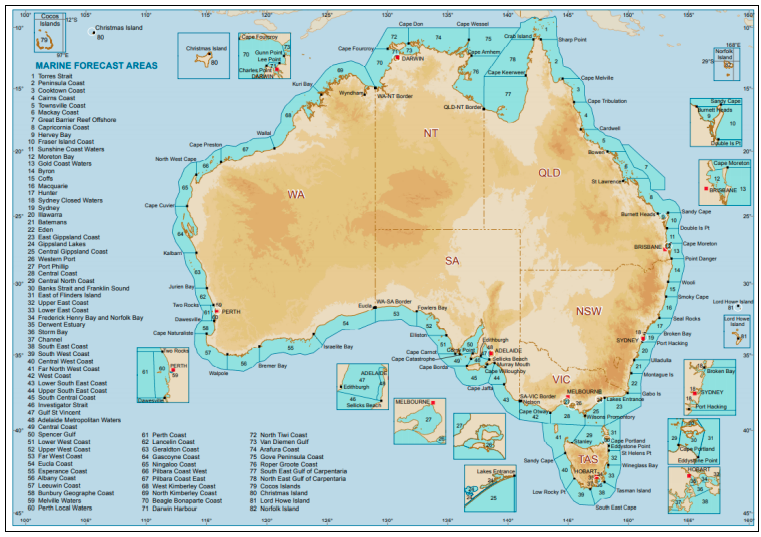
BOM Marine Weatherfax service:
The BOM Marine Weatherfax service is also broadcast from Charelville (VMC) in the east and Wiluna (VMW) in the west. Both transmitters have a power rating of 1Kw, utilising F3C transmission.
Charleville: Call Sign VMC
Frequency: 2628, 5100, 11030, 13920, 20469 kHz
Broadcast (UTC) 0900-1900, 0000-2400, 0000-2400, 0000-2400, 1900-0900.
WilunaL: Call Sign VMW
Frequency: 5755, 7535, 10555, 15615, 18060 kHz
Broadcast (UTC) 1100-2100, 0000-2400, 0000-2400, 0000-2400, 2100-110
VMC & VMW Radio Fax Schedule
| Time (UTC) | Description of Item and Current Chart |
|---|---|
| 0000* | Indian Ocean Mean Sea Level Pressure Analysis Valid 0000 |
| 0015 | VMC/VMW Schedule – 2 pages |
| 0045 | VMC/VMW Broadcast Information |
| 0100 | Recommended Frequencies for VMC (Charleville) – 3 pages |
| 0131 | Recommended Frequencies for VMW (Wiluna) – 3 pages |
| 0203 | Australian Mean Sea Level Pressure Forecast (H+36) Valid 0000 |
| 0245 | Australian Mean Sea Level Pressure Analysis Valid 0000 |
| 0300 | Australian Primary Swell Waves Forecast (H+24) Valid 0000 |
| 0315 | Voice Broadcast Information for VMC and VMW |
| 0345* | Australian Mean Sea Level Pressure Analysis Valid 0000 |
| 0400 | South Pacific Ocean Mean Sea Level Pressure Analysis Valid 0000 |
| 0430 | Australian Mean Sea Level Pressure 4-day forecast – 2 pages |
| 0500* | Australian Mean Sea Level Pressure 4-day forecast – 2 pages |
| 0600 | Asian (Area A) Gradient Level Wind Analysis Valid 0000 |
| 0623 | Asian (Area B) Gradient Level Wind Analysis Valid 0000 |
| 0645 | Asian Mean Sea Level Pressure Analysis Valid 0000 |
| 0730 | Indian Ocean Mean Sea Level Pressure Analysis Valid 0000 |
| 0745 | Australian Total Wave Height and Direction Forecast (H+24) Valid 0000 |
| 0800 | Australian Primary Swell Waves Forecast (H+24) Valid 0000 |
| 0830 | South Pacific Ocean Mean Sea Level Pressure Analysis Valid 0000 |
| 0845 | Australian Mean Sea Level Pressure Analysis Valid 0600 |
| 0900 | Australian Mean Sea Level Pressure Forecast (H+36) Valid 0000 |
| 0915 | Australian Mean Sea Level Pressure 4-day forecast – 2 pages |
| 1015 | Southern Ocean Total Wave Height and Direction (H+24) valid 0000 |
| 1030 | Indian Ocean Mean Sea Level Pressure Analysis Valid 0000 |
| 1045 | Southern Hemisphere Mean Sea Level Pressure Forecast (H+48) Valid 0000 |
| 1100 | Southern Ocean Total Wave Height and Direction (H+36) valid 0000 |
| 1115 | Australian Mean Sea Level Pressure Analysis Valid 0600 |
| 1130 | Asian Sea Surface Temperature Analysis |
| 1145 | VMC/VMW Information Notice |
| 1200 | Australian Mean Sea Level Pressure Forecast (H+36) Valid 1200 |
| 1215 | VMC/VMW Schedule – 2 pages |
| 1245 | Indian Ocean Mean Sea Level Pressure Forecast (H+36) Valid 1200 |
| 1315 | South Pacific Ocean Total Waves (H+48) Valid 0000 |
| 1330 | Indian Ocean Total Waves (H+48) Valid 0000 |
| 1345 | Pacific Ocean Sea Surface Temperatures |
| 1400 | Indian Ocean Sea Surface Temperatures |
| 1415 | Southern Ocean Total Wave Height and Direction (H+48) valid 0000 |
| 1430 | Australian Mean Sea Level Pressure Analysis Valid 1200 |
| 1500 | Australian Primary Swell Waves Forecast (H+24) Valid 0000 |
| 1515 | Australian Mean Sea Level Pressure Forecast (H+36) Valid 1200 |
| 1530 | Australian Mean Sea Level Pressure 4-day forecast – 2 pages |
| 1600 | Asian Mean Sea Level Pressure Analysis Valid 0000 |
| 1630 | Recommended Frequencies for VMC (Charleville) – 3 pages |
| 1701 | Recommended Frequencies for VMW (Wiluna) – 3 pages |
| 1800 | Asian (Area A) Gradient Level Wind Analysis Valid 1200 |
| 1823 | Asian (Area B) Gradient Level Wind Analysis Valid 1200 |
| 1915 | Indian Ocean Mean Sea Level Pressure Analysis Valid 0000 |
| 1930 | Australian Total Wave Height and Direction Forecast (H+24) Valid 1200 |
| 1945 | Australian Primary Swell Waves Height Forecast (H+24) Valid 1200 |
| 2000 | South Pacific Ocean Mean Sea Level Pressure Analysis Valid 0000 |
| 2015 | Southern Ocean Total Wave Height and Direction (H+24) valid 0000 |
| 2030 | Australian Mean Sea Level Pressure Analysis (Manual) Valid 1800 |
| 2215 | Southern Ocean Total Wave Height and Direction (H+36) valid 0000 |
| 2230 | Australian Mean Sea Level Pressure 4-day forecast, Days 1 and 2 |
| 2245 | Southern Hemisphere Mean Sea Level Pressure Forecast (H+48) Valid 1200 |
| 2300 | Australian Mean Sea Level Pressure 4-day forecast, Days 3 and 4 |
| 2315 | Southern Ocean Total Wave Height and Direction (H+48) valid 0000 |
| 2330 | Australian Mean Sea Level Pressure Forecast (H+36) Valid 0000 |
| 2345 | Indian Ocean Mean Sea Level Pressure Forecast (H+48) Valid 1200 |
| *The following charts are repeat broadcasts on 11030 kHz only via a directional aerial pointing from Charleville (VMC) towards Tasmania. | |
| 0000 | Indian Ocean Mean Sea Level Pressure Analysis Valid 0000 |
| 0345 | Australian Mean Sea Level Pressure Analysis Valid 0000 |
| 0500 | Australian Mean Sea Level Pressure 4-day forecast – 2 pages |
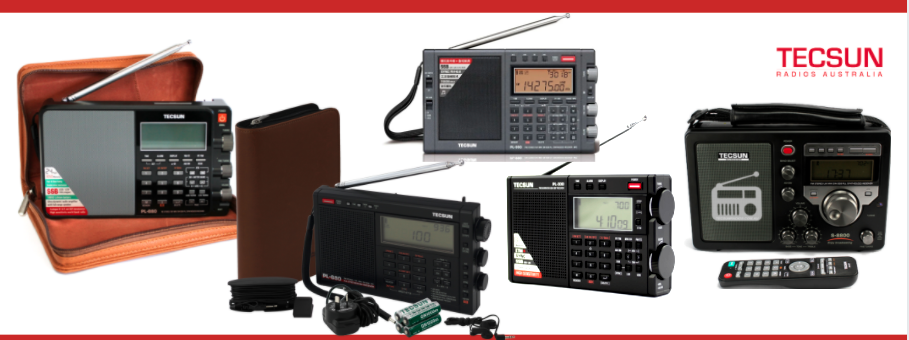
Any HF receiver capable of tuning the correct frequencies and receiving SSB transmissions will be suitable for VMC and VMW voice transmissions. To decode facsimilie transmissions an external decoder will be required. The user must be able to access a headphones or line output socket on the receiver to facilitate connection.**
The provision of an external antenna socket is an advantage, this will allow a single wire connection to a backstay or other length of wire to improve reception over the standard telescopic whip.
All broadcast use USB and that mode must be selected on the receiver.
Suitable receivers in the Tecsun range are:
S-2000 desktop, PL-600, PL-660, PL-330, PL-880, PL-990, PL-365, S-8800,
Shop these radios here on our online webshop.
Information source: Australian Bureau of Meteorology
**There exists a radio fax decoder which operates on both Adroid and IOS phones and tablets, which does not require a wired connection.
Simply place your phone or tablet near the speaker of the receiver and the decoder will start.
The App is available from the App Store (HF Weather Fax Marine Radio Fascimile Decoder App) from Black Cat Systems- https://www.blackcatsystems.com/index.html



